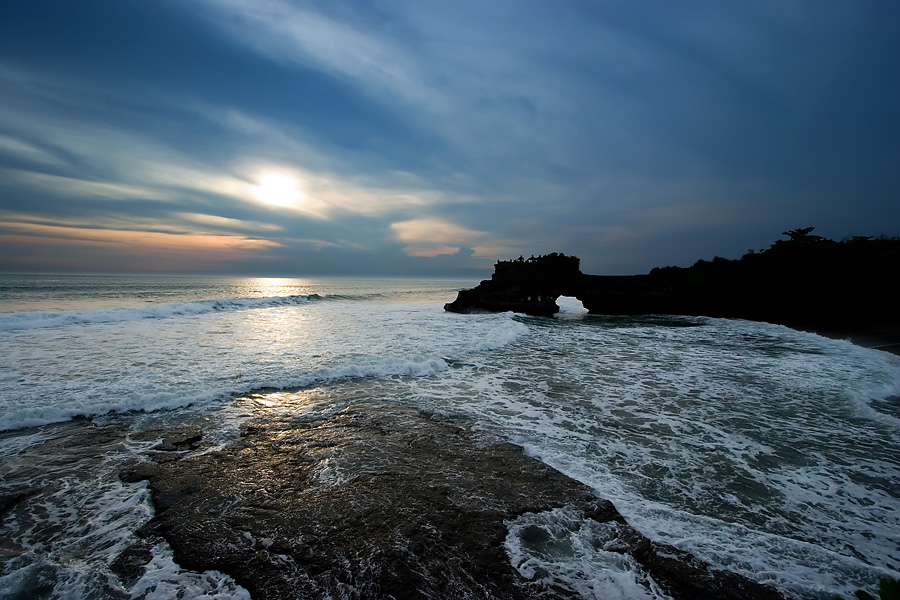
Tanah Lot, Bali, originally uploaded by Kelvin Ong.
Our final destination in Bali, called "Tanah Lot". Timing was impecable, sun was near its lowest point.

Tanah Lot, Bali, originally uploaded by Kelvin Ong.
Our final destination in Bali, called "Tanah Lot". Timing was impecable, sun was near its lowest point.
He is Samiaji the king of Amartapura and the oldest of five brothers "Pendawa Lima". He was a very patient king and was never angry; he never told a lie. Having these characteristics, in the word of the wayang hi is said to have "white blood". Samiaji is a symbol of honesty and patience.
And Shinta. In the original Ramayana story she was the wife of Rama. She was kidnapped, and locked up by Rahwana. She was released by her husband and helped bythe white monkey and Lesmana her brother in-law. To prove that she was still a virgin, she was burned by her husband but the fire didn't harm her, hence proving her innocence. She is the symbol of faithfulness and honour.
In this 4th excerpt from the Ramayana, Anoman finally finds Shinta in the kingdom of Alengka. He gives Rama's ring to Shinta as instructed and in return, Shinta gives Anoman an ornament to give to Rama. There is also a bit of flirtation between Anoman and Trijhata (Rahwana's niece) who happens to be protecting Shinta. This hints of their eventual marriage later on.
by: elibris
Sometimes the lines of reality cross those of our dreams.
by: hongcf
wikipedia says:
Tanah Lot means 'Land in the Middle of the Sea' in Balinese language. Located about 20 km from Denpasar, the temple sits on a huge offshore rock which has been shaped continuously over the years by the ocean tide.
Tanah Lot is said to be the work of the 16th century priest Niratha.The story goes that during his travels along the south coast he saw the rock-island's beautiful setting and rested there. Some fishermen saw him, and bought him gifts. Niratha then spent the night on the little island. Later he spoke to the fishermen and told them to build a shrine on the rock for he felt it to be a holy place to worship the Balinese sea gods.
The Tanah Lot temple was then built and has been an important part of Balinese mythological history for centuries. The temple is one of seven sea temples around the Balinese coast. It was said that each of the sea temples was to be within eyesight of the next so that they formed a chain along the south-western coast.
At the base of the rocky island, poisonous sea snakes are believed to guard the temple from evil spirits and intruders. There is said to be one giant snake which also protects the temple. It is believed that this snake was created from Niratha’s scarf when he established the island.
Handmade Javanese shadow puppet, known as wayang kulit (literally "skin puppet"), similar to this earlier post. In this case, I've created a silhouette, instead of a shadow, to illustrate the complexity and fine detail of the craftsmanship.
Traditionally, the puppets were used as characters during marathon puppet shows recounting the Hindu epics Ramayana and Mahabharata. This figure represents Arjuna, the warrior prince. by: timekin
by:lainieyeoh
Swedish Greys - a WordPress theme from Nordic Themepark. Converted by LiteThemes.com.